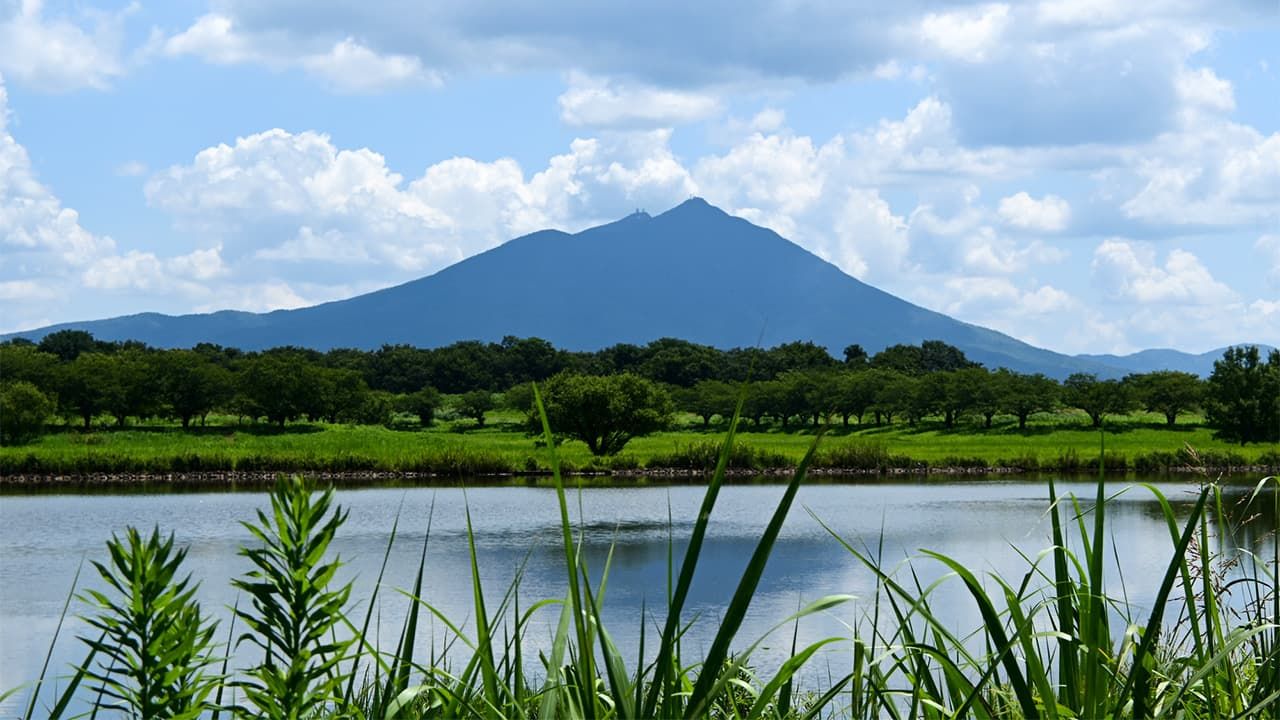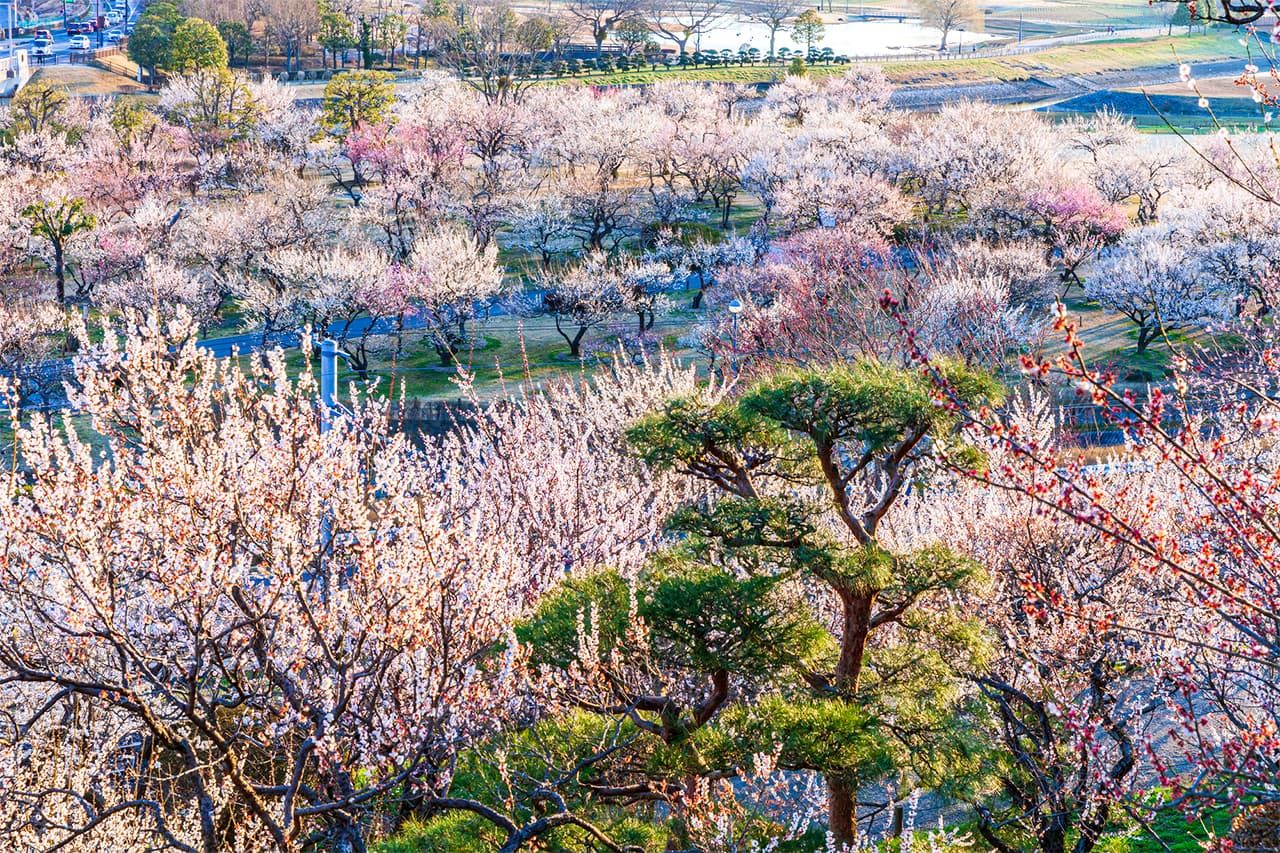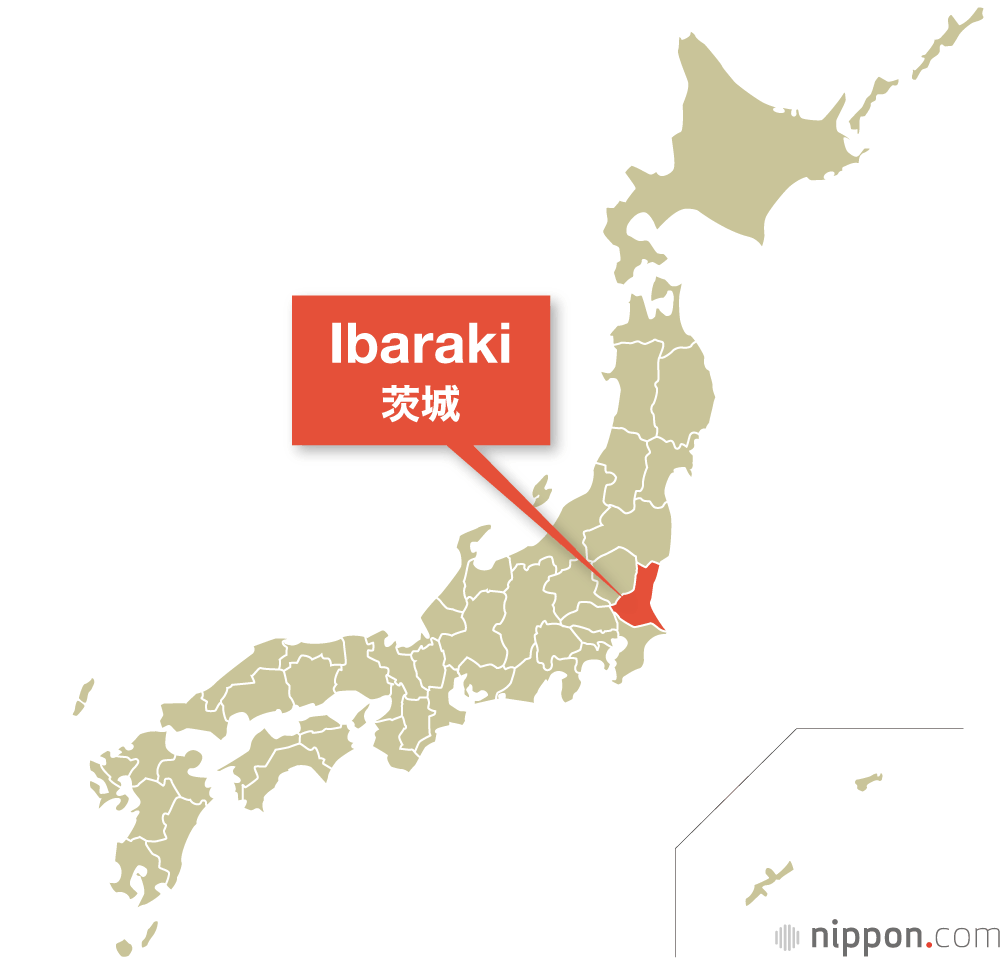
Ibaraki Prefecture
Guideto Japan
Culture History- English
- 日本語
- 简体字
- 繁體字
- Français
- Español
- العربية
- Русский
Ibaraki Prefecture, located in the Kantō region to the north of Saitama and Chiba Prefectures, is famed for its association with nattō, which some claim was first created here a thousand years ago. There is more to the prefecture than fermented soybeans, though: Ibaraki is the site of Kasumigaura, Japan’s second-largest lake, and the Tone River, its second longest (and the river with the largest drainage basin in the nation).
Ibaraki Prefecture at a Glance
- Established in 1875 (formerly Hitachi province)
- Capital: Mito
- Population: 2,867,000 (as of Oct. 2020)
- Area: 6,098 km2
The prefecture is just north of Chiba on the Pacific coastline. Mito, the capital, is the largest city, followed closely by others including Tsukuba in the prefecture’s southwest and Hitachi and Hitachinaka on the northern coast. The south of the prefecture is dominated geographically by Lake Kasumigaura, the second largest freshwater body in Japan behind Shiga’s Lake Biwa. Northwest from the lake stands Mount Tsukuba, Ibaraki’s most celebrated peak, which has featured in traditional poetry since the eighth-century Man’yōshū.
Mito is home to Kairakuen, opened in the 1840s and counted among Japan’s three finest landscape gardens. The city of Tsukuba, meanwhile, hosts a number of leading scientific research institutions. The Tsukuba Science City plan, launched in the 1970s, has brought dozens of national and other public schools and research organizations to the city, and private-sector institutions bring the total to some 150 in all.

The garden Kairakuen is particularly famed for its thousands of plum trees, of some 100 varieties. (© Pixta)
This focus on research and development in scientific and technological fields, along with Ibaraki’s proximity to Tokyo and its access to the ocean, have given it a powerful industrial base. Businesses cluster in particular around the city of Hitachi, whose name is borne by the globally known corporation that was launched there in 1910, and the port city of Kashima, with a major presence in petrochemical and other materials industries.
Ibaraki’s broad, flat plains and temperate climate give it an outsize footprint in agriculture, too. As of 2020, it was home to more farming businesses than any other prefecture, and placed third behind Hokkaidō and Kagoshima in the national ranking by crop value. Ibaraki is the second-ranking producer of tubers and vegetables, trailing only Hokkaidō.
Perhaps its most famous agricultural product is the fermented soybeans known as nattō. One story says that this pungent dish was invented by accident when the military commander Minamoto no Yoshiie (1039–1106), encamped near Mito, discovered that the boiled soybeans wrapped in straw his troops were carrying had developed the stickiness and scent familiar to fans of the food today. The 18 producers in Ibaraki are the largest number in any prefecture in the national association of nattō manufacturers.

Nattō in its traditional straw wrappings. (© Pixta)
The prefecture also claims fame as the formal birthplace of aikidō. Ueshiba Morihei, who founded the discipline, moved to Iwama, Ibaraki, in the 1940s, there building the Aiki Shrine and Ibaraki Dōjō that served as his base to build it into a globally practiced martial art.

Nebāru-kun, the prefecture’s official mascot whose name evokes the stickiness of Ibaraki’s nattō, appears (at left) with his friend Umeneba-chan, who also references the plums grown in the prefecture. (© Jiji)
Famous Figures
- Mamiya Rinzō (1780–1844): Explorer and cartographer. Was the first Japanese to explore Karafuto (now Sakhalin), establishing that it was an island and not part of the Eurasian continent.
- Yokoyama Taikan (1868–1958): Artist. Studied under artists from several Japanese traditions and traveled extensively overseas on his way to becoming one of Japan’s best-known prewar painters. Cofounder of the Japan Fine Arts Academy.
- Yamaguchi Natsuo (1952–): Politician. Now president of junior ruling coalition partner Kōmeitō, he served in the House of Representative from 1990 to 1996 and the House of Councillors from 2001 to the present.
- Kuriyama Chiaki (1984–): Actress and model. Gained fame for appearances in films including Fukasaku Kinji’s 2000 Battle Royale and Quentin Tarantino’s 2003 Kill Bill: Volume 1.
(Originally published in English. Banner photo: Mount Tsukuba has been celebrated in verse for more than 1,300 years. © Pixta.)
For the complete list of the country’s 47 prefectures, see “The Prefectures of Japan.”
